With the modern brick perfected, LEGO® goes all in on plastics, scales globally (especially into North America), and lays the groundwork for the character driven worlds fans love today.

1960: A decisive pivot to plastic

A warehouse fire in early 1960 wiped out the remaining wooden toy inventory. Instead of rebuilding that line, Godtfred Kirk Christiansen ended wooden production altogether and committed the company to plastic, doubling down on the interlocking brick that was clearly the future.
Early 1960s: The “System in Play” gets smarter

Two things supercharged the bricks into a true system:
- Precision molding: In 1961 LEGO hired molding expert Hans Schiess, accelerating quality and consistency, critical for clutch power across sets and years.
- New elements: The LEGO wheel (1961) transformed static builds into vehicles and enabled genuine motion across Town and Train models.

At the same time, LEGO expanded beyond Denmark. To serve the American and Canadian markets, LEGO signed a licensing and manufacturing deal with Samsonite (1961), with production in Denver, Colorado and Stratford, Ontario, bringing the system to millions of North American families.
1964–1966: Instructions and trains bring play to life

The mid-1960s refined how fans built and played:
- Clearer building guides replaced box-front inspiration art, making complex models more approachable for kids and parents alike.
- Trains arrived: first plastic train models in 1964, then the landmark 4.5 volt battery-powered trains on blue track in 1966, which turned living rooms into railways.
1968: A theme park proves the magic at scale

When LEGOLAND Billund opened beside the factory in 1968, insiders hoped for 300,000 guests. The park hit that in months and closed its first season at 625,000 visitors, powered by the wonder of Miniland’s brick-built cities. LEGOLAND instantly became a national attraction and a global calling card for the brand.
1969: Big bricks for small hands

To welcome preschoolers, LEGO launched DUPLO in 1969, oversized elements that were easier to handle yet cleverly compatible with standard bricks, extending the “one system” idea across ages and stages.
1970s: Becoming a modern international company

Throughout the 1970s LEGO strengthened product safety, reorganized U.S. operations, and added production outside Denmark to support worldwide demand, evidence that the once local toy maker had become a global manufacturer and brand.
1978: Characters arrive, stories bloom

After experiments with larger “maxifigs” (1974) and simpler figures (1975), LEGO introduced the minifigure in 1978, four bricks tall, with movable arms and legs, and that friendly smile. Simultaneously, the product line crystallized into minifig-scaled Town, Space, and Castle themes. From that moment, sets invited storytelling as much as engineering, and the modern LEGO era officially began.
Why this era matters

Between 1958 and the late 1970s LEGO turned a precision-moulded brick into a global system of play. The plastics pivot, North American production, trains and wheels, a showcase theme park, DUPLO’s age expansion, and the minifigure’s debut collectively established the design language—and the fan culture—that define LEGO to this day.


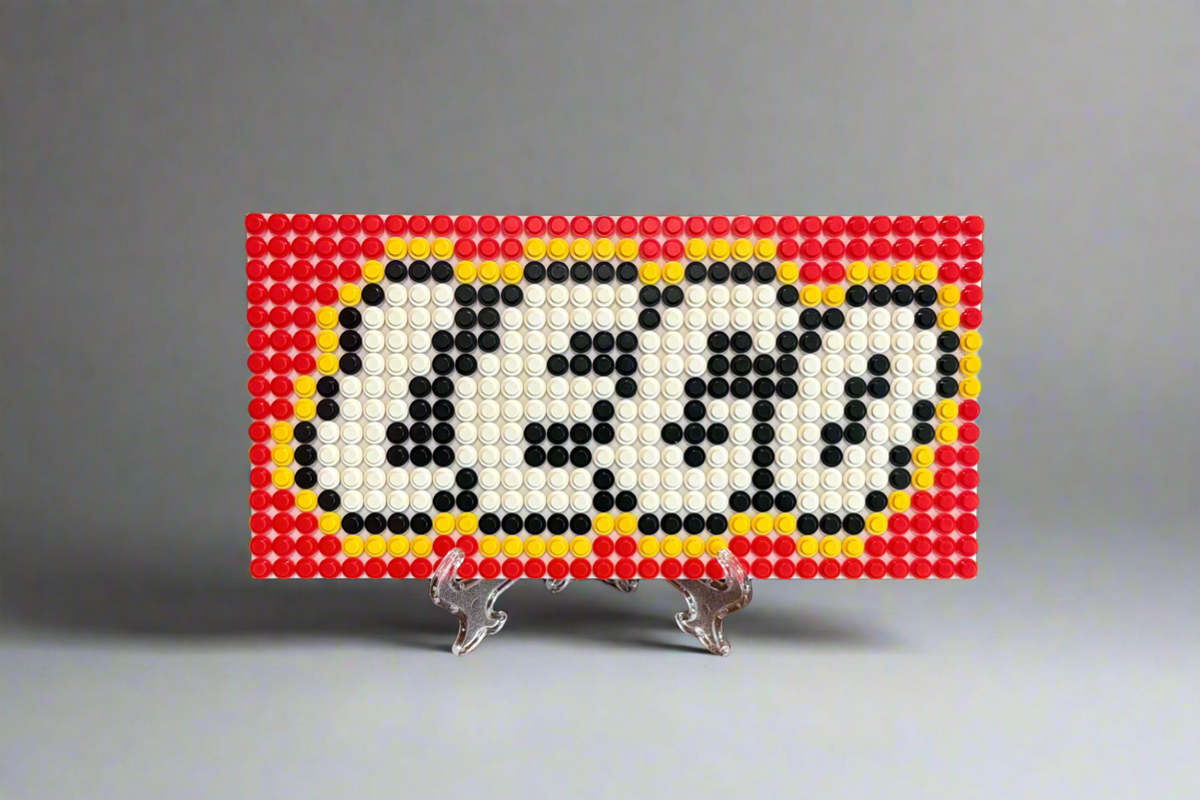
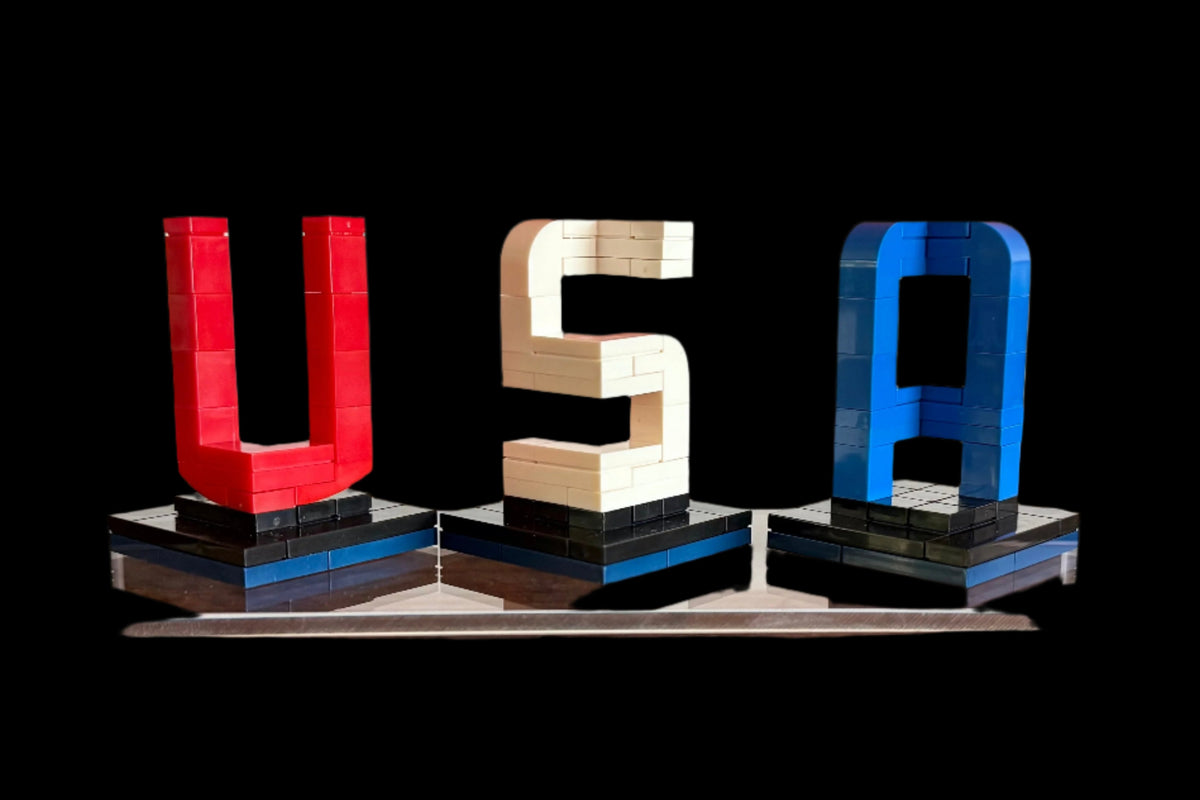






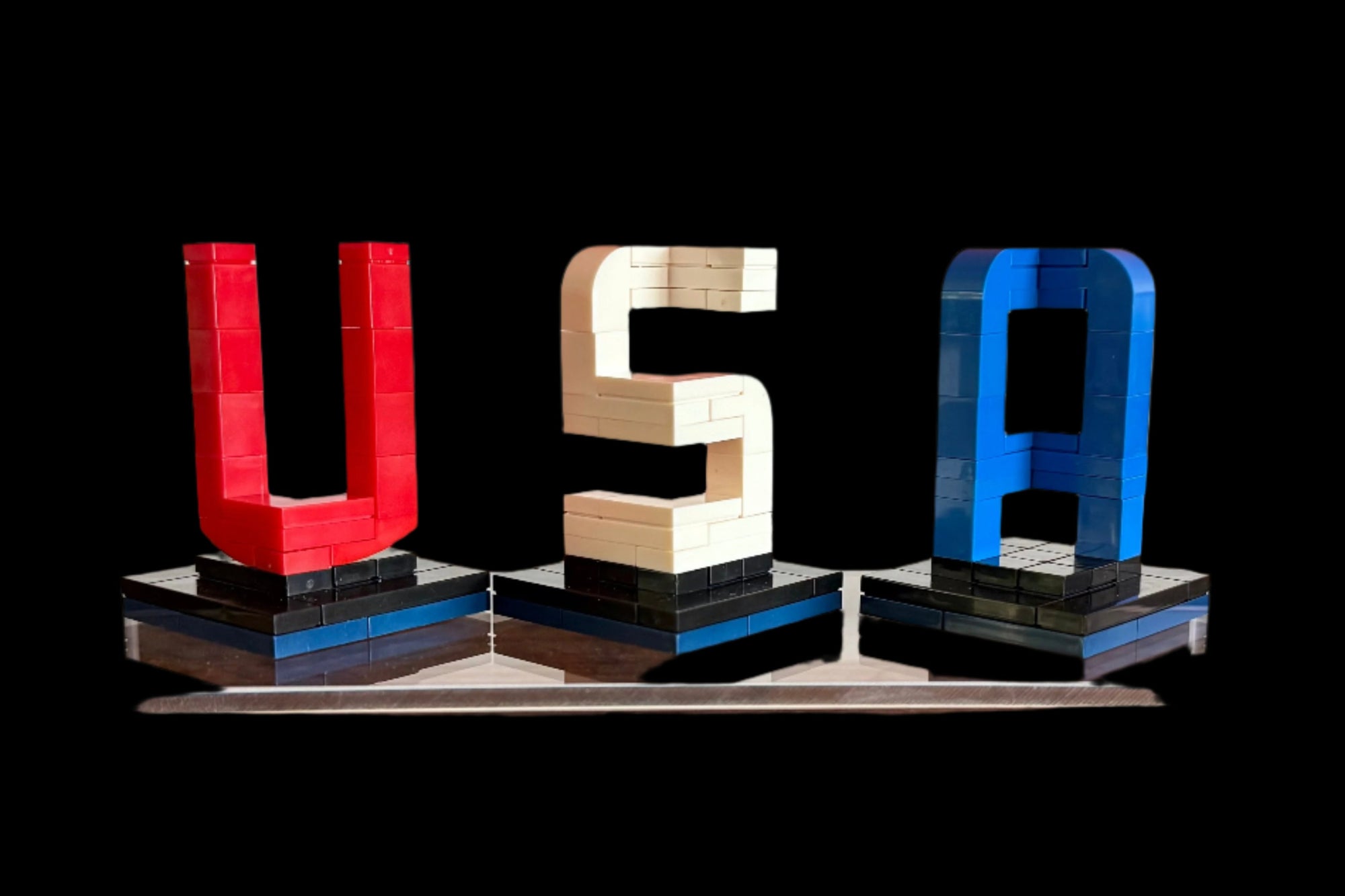
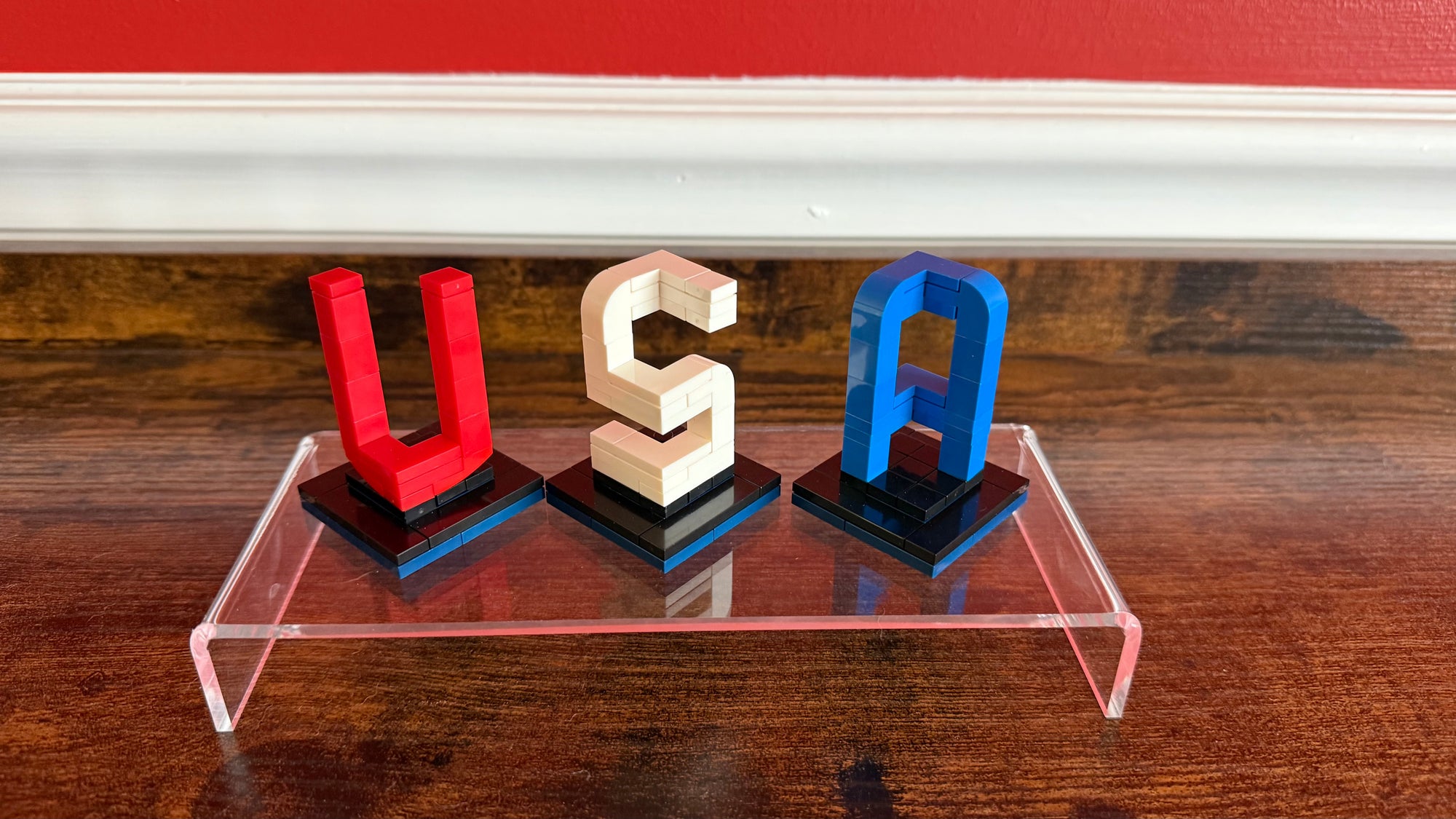
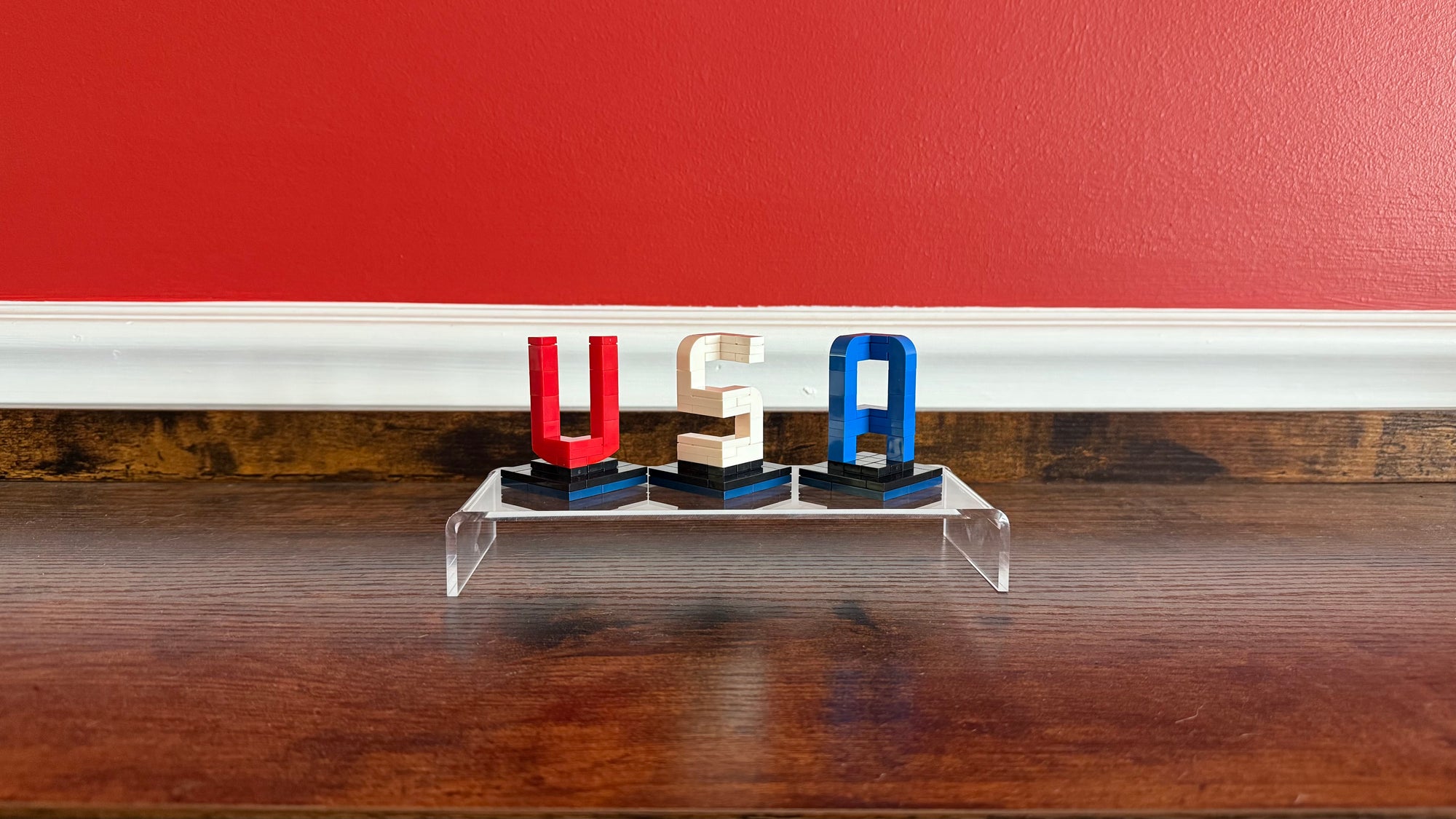

0 comments